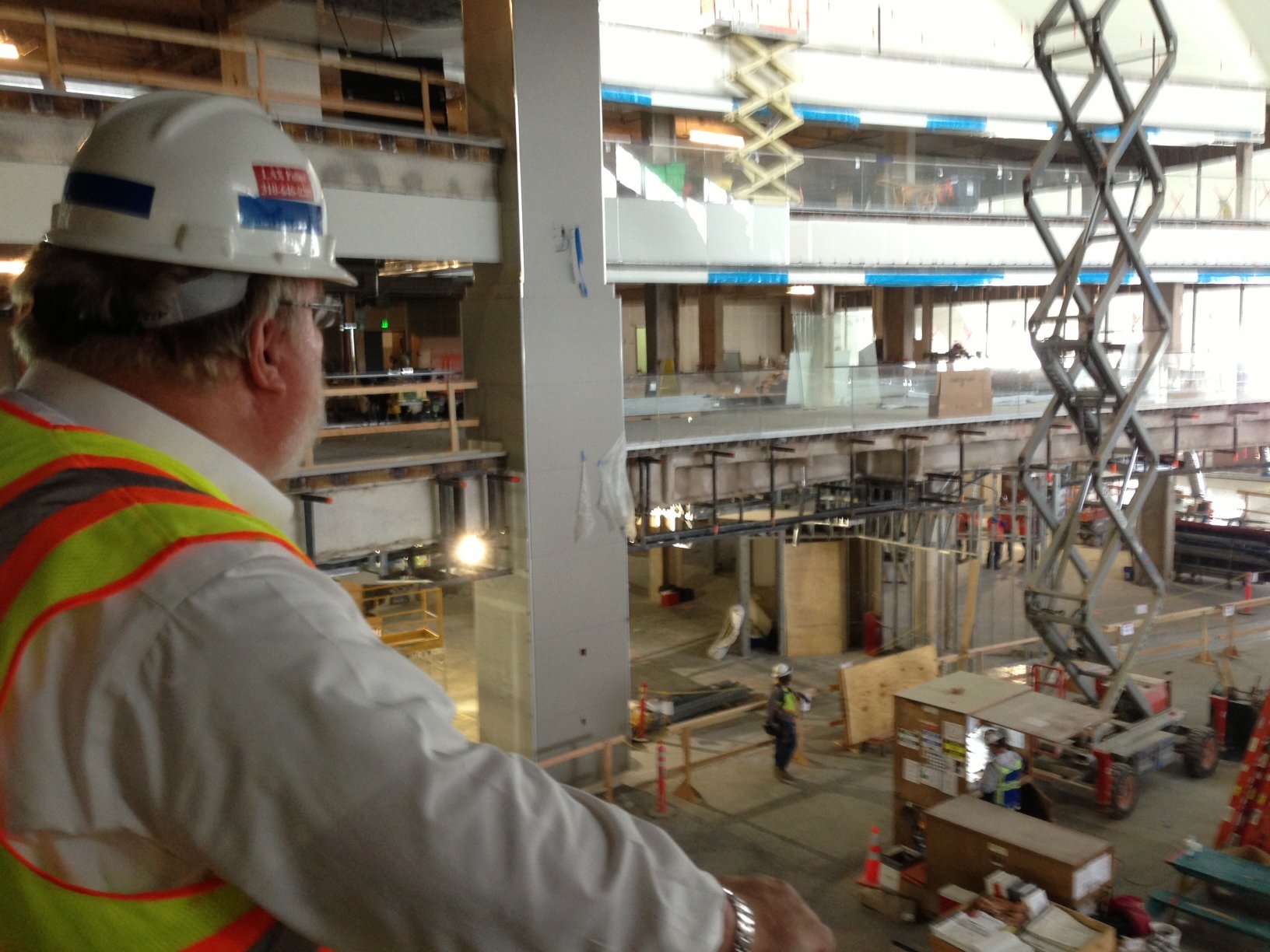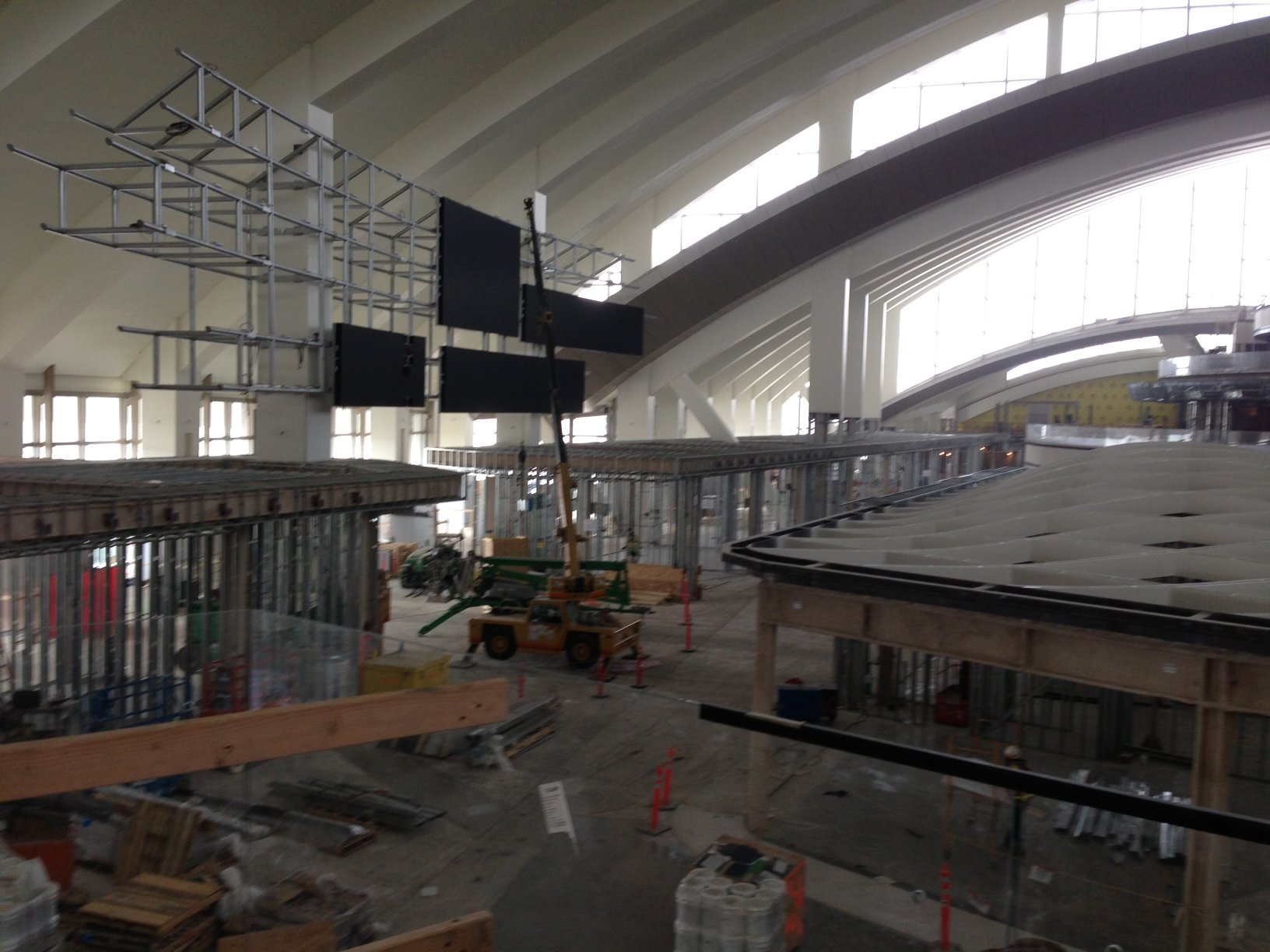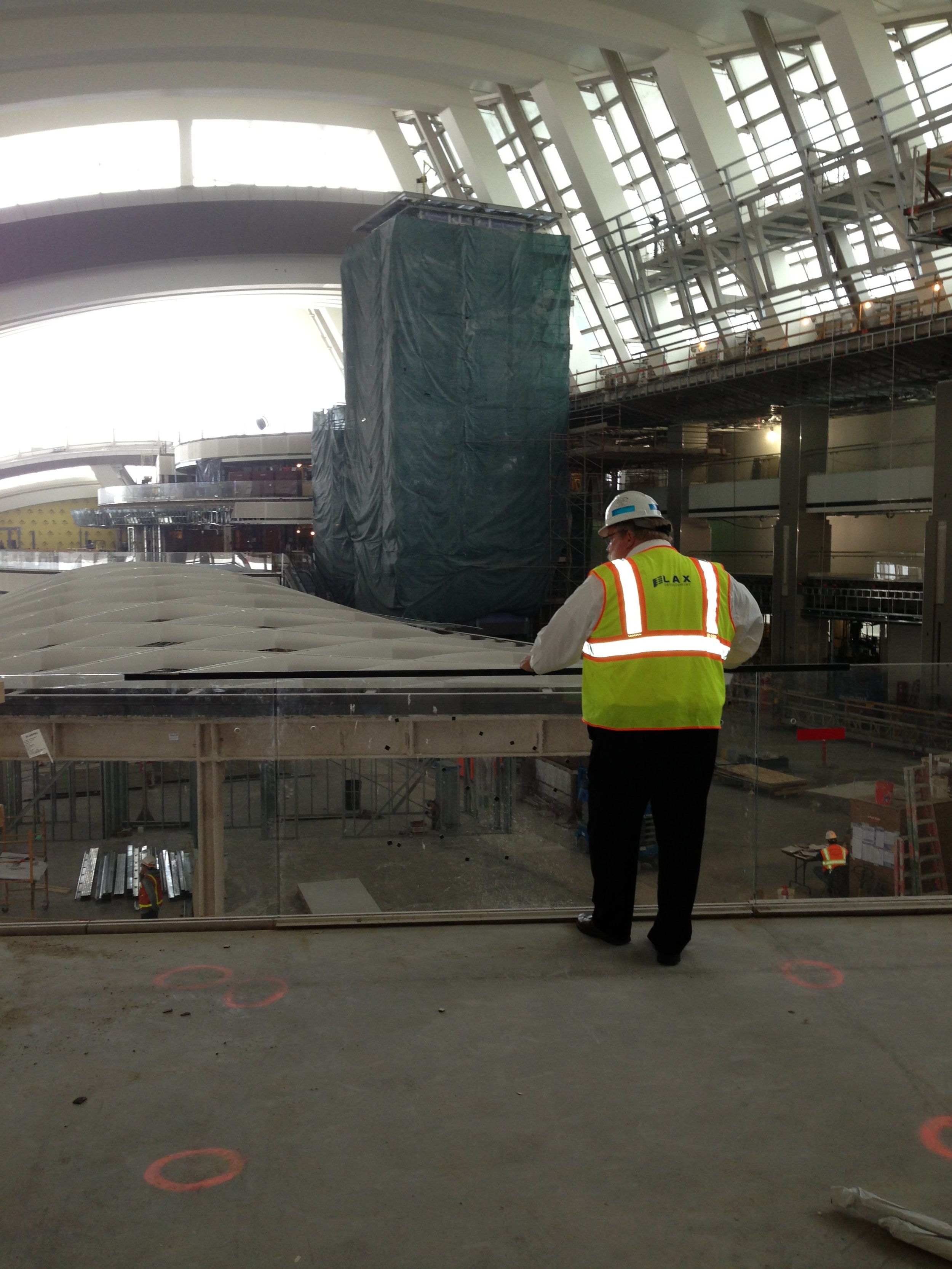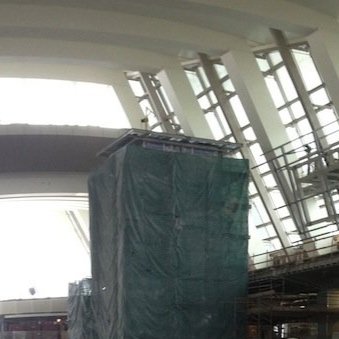LAX is Back
Journalists and historians have reminded us that 2013 is the one-hundredth anniversary of the opening of New York City’s Grand Central Terminal. While there is much to talk about when telling the story of Grand Central, two themes frequently emerge. One is the engineering and construction story – a 10-year ordeal of building a vast new underground station in the heart of midtown Manhattan – what Sam Roberts describes in his new book as a “gargantuan undertaking.”
The other reflects on the significance of Grand Central Terminal as an iconic civic landmark, a gateway that provided the world an extraordinary public space to experience the urbanity of New York City. Kurt Schlichting, in his 2001 history, Grand Central Terminal: Railroads, Engineering, and the Architecture of New York City, sums up its social significance in the opening paragraph of his book:
“Few buildings capture the public imagination as does Grand Central Terminal . . . Standing in the heart of midtown Manhattan, the terminal serves as an urban crossroads. Thousands pass through the Grand Concourse every day. Commuters hurry by. Visitors pause in the city’s great public square. For millions, even those who have never visited the terminal, Grand Central remains a symbol of New York and its power, instantly recognizable for what it is and nearly as familiar as the soaring skyline of Manhattan Island.”
One hundred years from now, Grand Central Terminal will share its birthday celebrations with the new Tom Bradley International Terminal at LAX set to open later this year. The parallels between the two landmarks struck me on a visit to the near-complete terminal last week, in the company of my long-time friend and colleague Roger Johnson. Roger is Los Angeles World Airport’s Deputy Executive Director for Airports Development and the Program Manager for its $7-billion capital program, which includes the $1.5-billion expansion of the Bradley Terminal as its prominent center piece.
From his office on the top floor of a mid-rise building at the west end of LAX, Roger has a panoramic view to the north, east, and south. It encompasses both the airport’s north and south runways; the myriad of taxiways, tank farms, hangers, utility buildings, and piped infrastructure located between the western edge of the airport and the central terminals; and directly to the east beyond the other infrastructure, the wave-like roof-line of the new Bradley Terminal building designed by architect Curtis Fentress. The Fentress Architects portfolio includes the Denver International Airport, as well as airport expansions for San Jose, Sacramento, Seattle-Tacoma, Raleigh-Durham, and the new Incheon International Airport in Seoul.
Viewing from this vantage point, and before driving to the terminal to inspect the construction, Roger talked about the vision for the rejuvenated LAX and the challenges of bringing it to life. The vast complexity of the program becomes clearer when you consider what’s going on around it. “In a typical year, LAX serves 65 million passengers, processes over 1.9 million tons of air cargo, and handles nearly 580,00 aircraft landings and takeoffs. It’s the seventh busiest airport in the world. We can’t interfere with those activities,” Roger emphasized.
That means rebuilding the physical infrastructure and buildings without interrupting the basic services and functions they currently provide; maintaining safe and uninterrupted airside operations while introducing nearly 5,000 construction workers, their equipment, and materials into the heart of the property; and minimizing the inconvenience and disruption on the landside operations where travelers, airline staff, security personnel, concessionaires, parking attendants, ground travel services, and thousands of others strive to provide a safe and smooth trip for paying passengers.
The logistics and communications skills needed to make this happen on time and on budget are awe-inspiring. Roger talks first about safety – above all else. At an active airport, the consequences of a lapse are unthinkable. Then he stresses transparency, consistency, and accountability in everything that gets done.
We talked a lot about avoiding the fate of many public-sector mega-projects that fail to meet their budgets or schedules, often in spectacular fashion. Here, Roger spends time describing the importance of “enabling projects” that stand between the design of new facilities and the commencement of their construction.
In the case of LAX, every square foot of property targeted for new facilities was or is already committed to essential (and occasionally abandoned) airport services. “All that infrastructure and associated facilities must be relocated before the process of deconstruction and demolition can proceed. If we don’t keep those enabling activities moving on schedule, an on-time delivery of new construction is impossible,” Roger insists.
Driving from location to location within the airport, Roger tells a story that reminds me of the complexity of an airport – an entire small “city” within its boundaries. Its own police force, fire department, medical staff, food services, retail establishments, and utility plants – all needing to be kept operational throughout the construction process.
It was at that point that Roger’s story reminded me of the logistical tour-de-force of constructing Grand Central Terminal, at the turn of the century. But it was inside the nearly finished Great Hall in the Bradley Terminal that another important parallel was obvious. This building will soon open as the new gateway to Los Angeles and Southern California for the rest of the world – and it promises to become one of the world’s great new civic places, a renewed symbol of the community, culture, and values of the citizenry that host it. It tells a story of promise and progress that incorporates advances in green building design, sustainable practices throughout, as well as eye-popping interactive media, and the grandeur of public space built-large. Roger tells that story with both intensity and passion for the mission at hand.
Before leaving, Roger took out his iPad and showed me a passage from Tom Friedman and Michael Mandelbaum’s book, That Used to Be Us: How America Fell Behind in the World it Invented and How We Can Come Back.
“Our airports? Some of them would probably qualify as historic monuments. We would nominate both Los Angeles International and several terminals at John F. Kennedy in New York for this distinction. LAX’s dingy, cramped United Airlines domestic terminal feels like a faded 1970s movie star who once was considered hip but has had one too many face-lifts and simply can’t hide the wrinkles anymore. But in many ways, LAX, JFK, and Penn Station are us. We are the United States of Deferred Maintenance.”
Roger says he uses this quote frequently in presentations describing the City’s vision at LAX. “I want to change Friedman’s mind about LAX. We not only CAN come back. At LAX, we ARE back.” The pride and commitment reflected in Rogers’ words are inspired by a new architectural and civil engineering landmark about to be unveiled on the world stage. Iconic civic buildings and public places like Grand Central Station and LAX define who we are both to the world and to ourselves as citizens. Look for many articles and news reports on LA’s new gateway urban square when the expanded Tom Bradley International Terminal opens later this year.
Posted on March 18, 2013Author Paul BrownCategories Aviation, Cities of the Future, Urban PlanningTags airports, Grand Central Terminal, LAX, Los Angeles, New York, railroad





